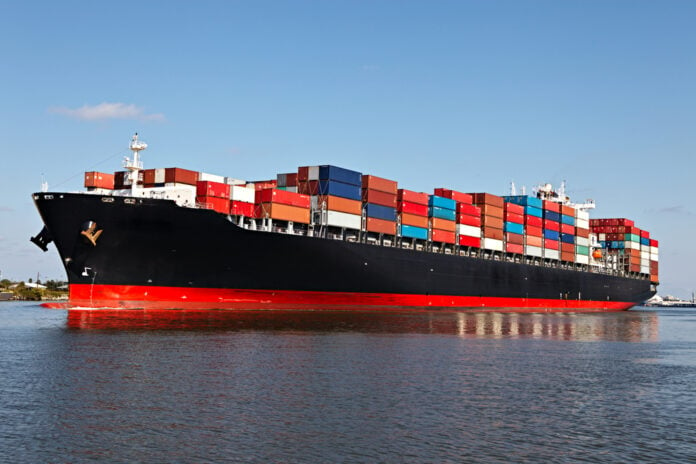What is the Automated Manifest System (AMS)?
The automated manifest system is an electronic system that is used to support cargo data such as departure, arrival, and release information between the actors of shipment when importing to the U.S.
The AMS was formed by U.S. Customs and Border Protection (CBP) in 2004 to keep freight under inspection, minimize potential errors and security risks. This system has modernized the maritime inventory system. Besides maritime transport, the tracking system is also used for air, rail, and road transportation.
The AMS is directly connected to CBP, so the shipment information can be shared between the importer and CBP instantly. Also, freight forwarders are required by CBP to file an AMS manifest in order to save time and financial problems between countries, accelerating the process of AMS filing, and to be able to set the authority so that those with permissions can transfer cargo details.
Requirements for Using the AMS System
Shippers must use the AMS to file a manifest electronically with the CBP before the arrival of goods at U.S. ports of entry and the AMS manifest needs to be filed by the Non-Vessel Operating Common Carrier (NVOCC) or the freight forwarder at the export port.
You can include the details of two documents when preparing an AMS manifest:
- Importer Security Filling (ISF): It is documented before shipment. You need to know U.S.-bound and transit cargos must submit distinct data items (e.g. ISF 5, ISF 10).
- House Bill of Lading (HBL): It is reported before arrival. Forwarders are required to file a customs entry declaration to collect the manifest.
Additionally, the AMS manifest must include the below details:
- Full names and addresses of the sender and recipient of the freight
- Ship name, country of documentation, voyage number, and SCAC code
- The exact name of the commodity, its number, and weight
- Details of the port where the goods are loaded
- Data of the first foreign port to which the loading enters
- Last port details before shipment arriving in the U.S.
- The planned date of arrival of the cargo at the first port in the U.S.
- Hazardous materials code
- Container number and the number of the last container seal established at loading
When to file an AMS manifest?
Carriers and NVOCCs must ensure that the AMS manifest is filed in a timely manner. The filing should be done at least 24 hours before the vessel’s departure from the foreign port. Timely submission is crucial to allow customs authorities to review and process the information accurately.
The freight forwarder is responsible for any discrepancies in the provided information, and failure to file AMS may result in delayed clearance of the cargo, additional fees, or even penalties.
For What Cargo Should an AMS Manifest Filed?
- For all the shipments which will discharge in the U.S.
- For all cargo which will be loaded to a vessel route via the U.S. This cargo also calls as “Freight Remain Onboard” (FROB) as cargo will not discharge in U.S port yet will be onboard.
Benefits of Using the AMS for Shipments
- Processing is quicker and there is no need for paperwork.
- The AMS tracking system allows the U.S. CBP departments to more seamlessly check the contents of the cargo and identify security threats.
- As everything is computer-controlled, it is simple to save the documents for future use.
- Instead of concentrating on maybe non-threatening vessels, the officials can focus on detecting vessels that could pose a major hazard.
- The transmission of vessel cargo details can be done by port authorities, freight-loading experts, and vessel officials alike.
Overall, given that the U.S. developed such a system, it should be noted that other nations with significant marine traffic, both inbound and outbound, also need to develop comparable procedures. This would centralize the maritime sector far more effectively and optimally without sacrificing global security or safety.




